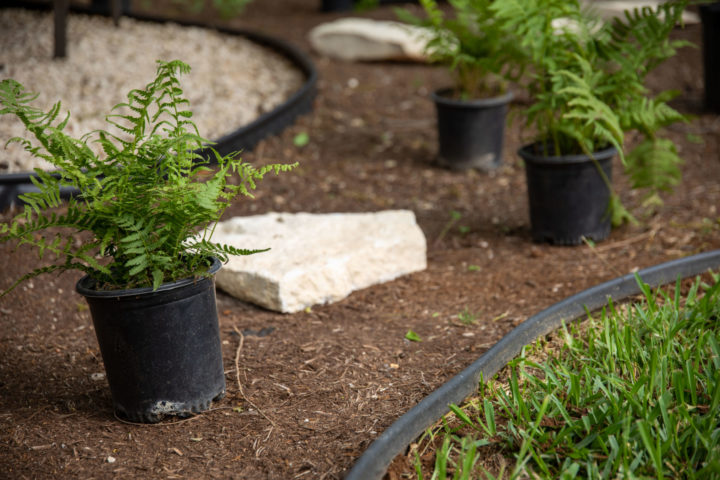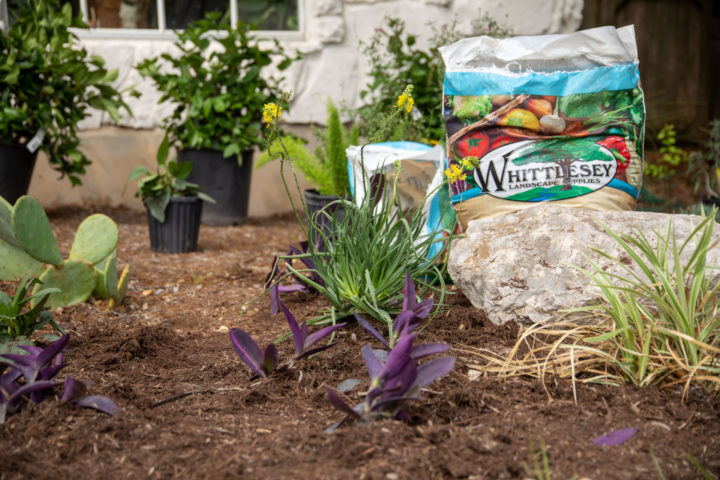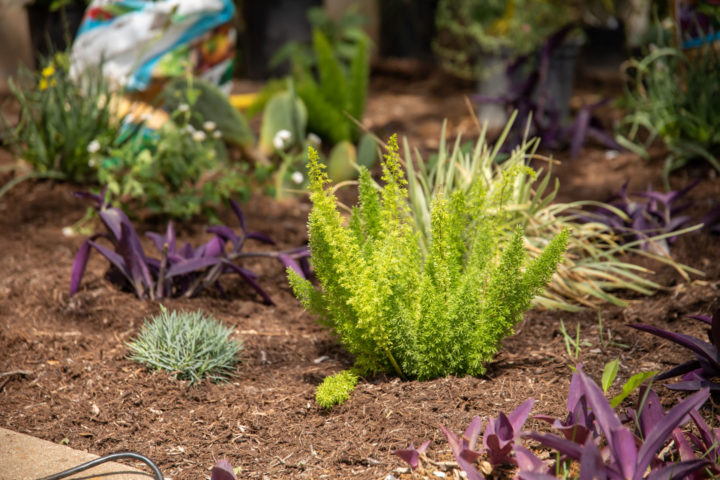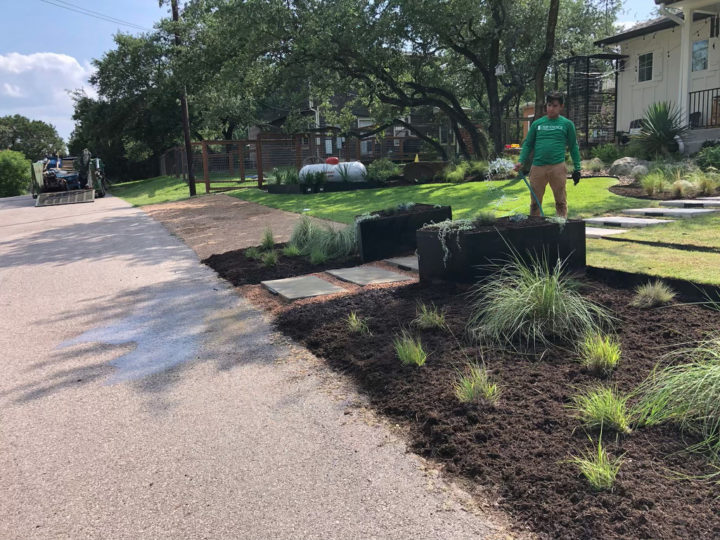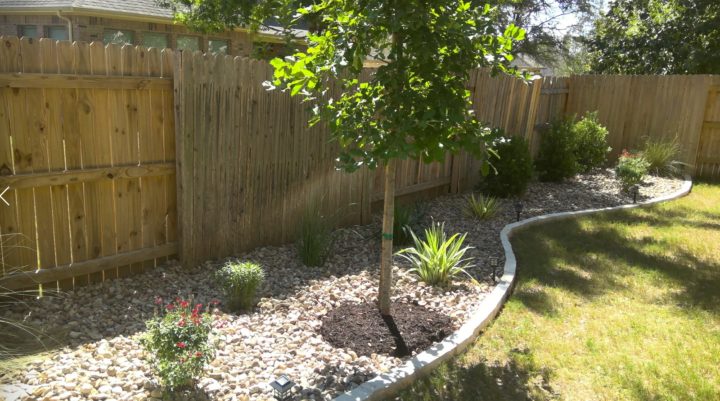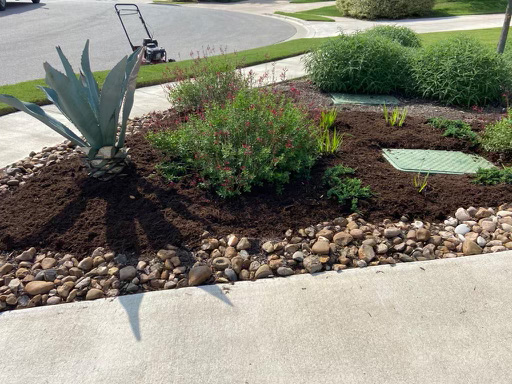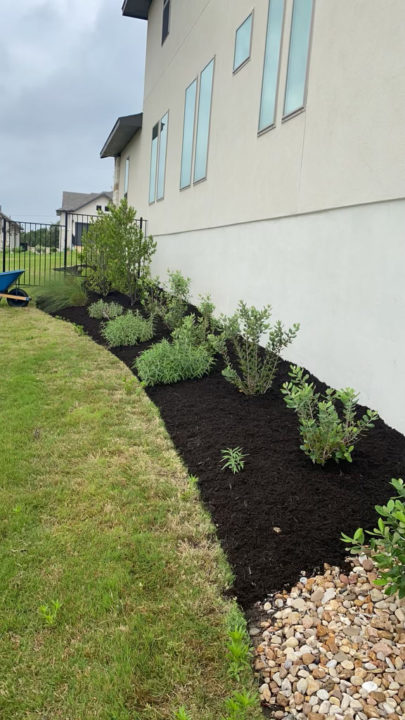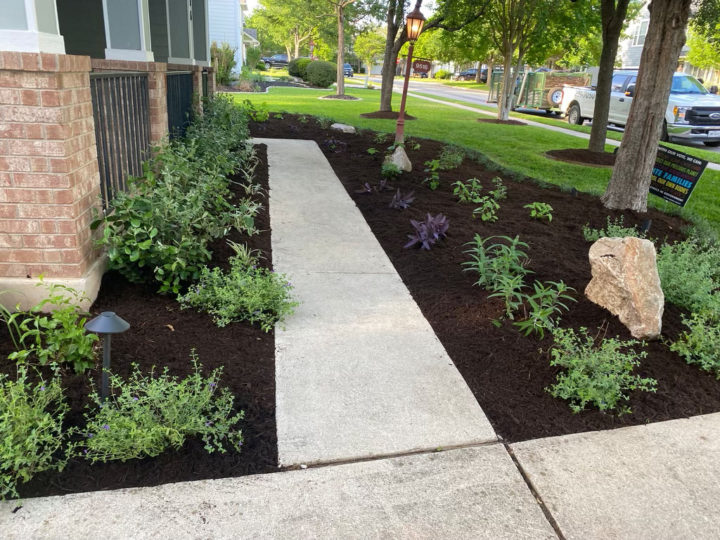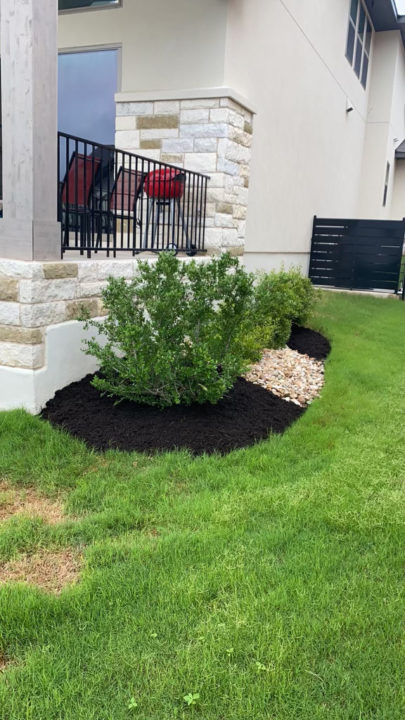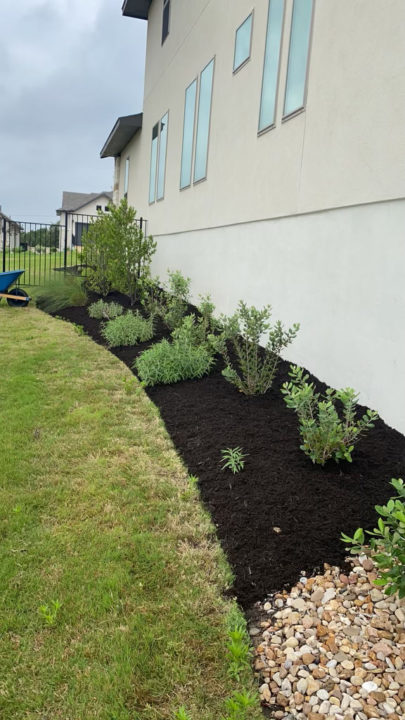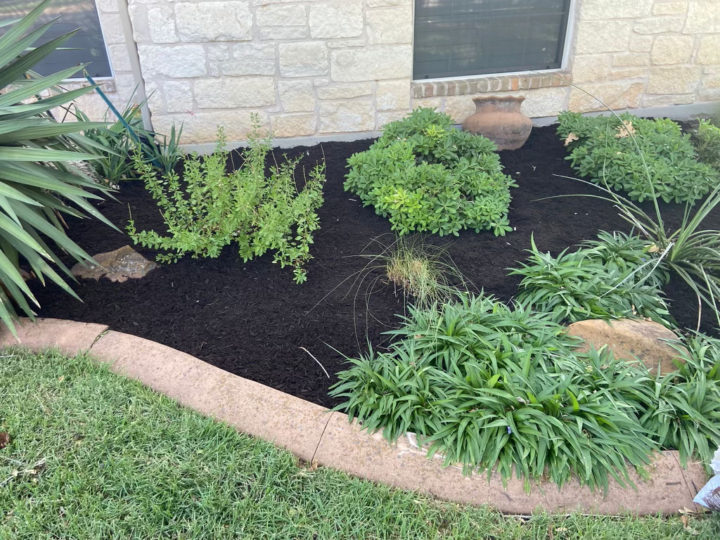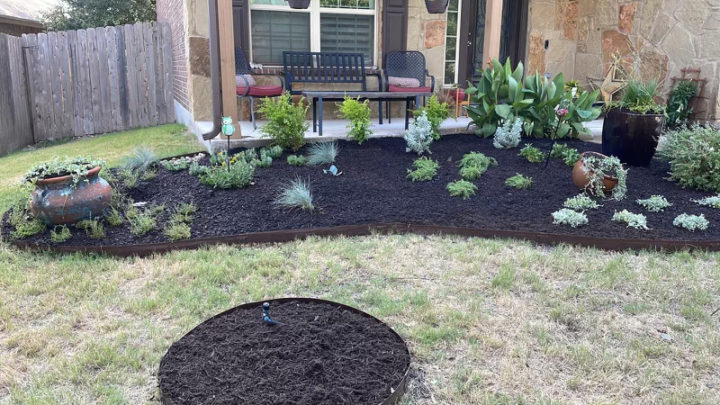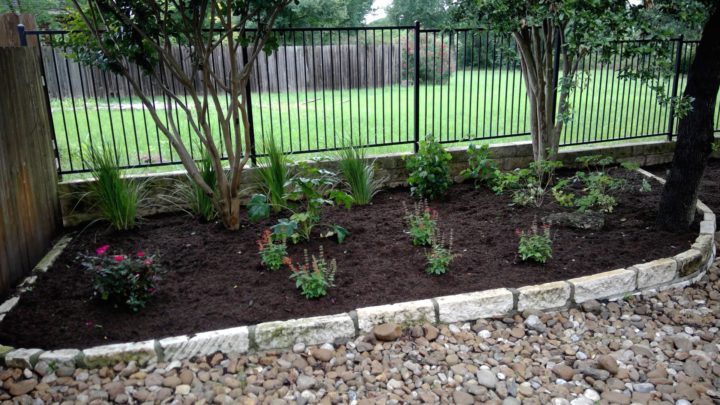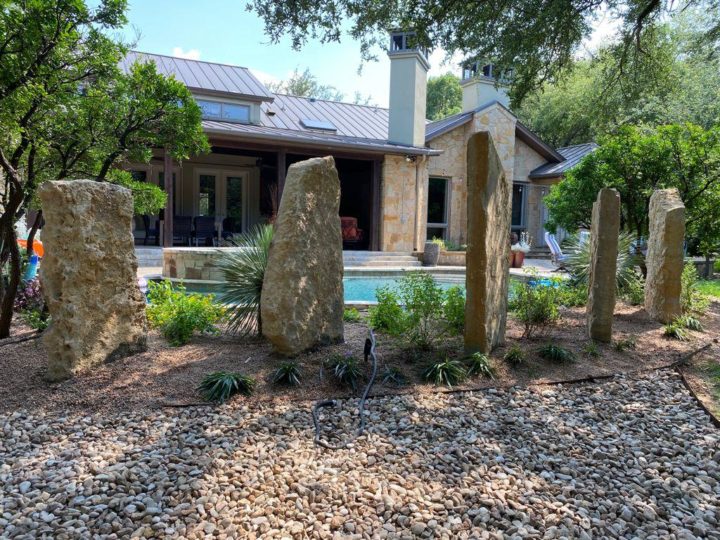Before adding plants to your landscape, it is essential to create a plan. There are a few things you need to consider before you start. First, you will need to understand the space where you want to install the plants. The microclimate in that area will help determine what kind of plant will thrive in that space. By taking the proper steps and doing thorough research, you can increase the chances of a successful installation.
Planting Services
This world is full of millions of different plants, thousands of which get used in landscaping. And new varieties of plants are being developed and released every year. Each of these different plants have specific needs and grow well in specific conditions. It can be difficult to navigate this world of green growing things to find the perfect plant for your yard.
Austin Planting Inspiration
What will you plant? Where will your plants thrive? What kind of drought-resistant native options can you use? Check out a few of our latest planting projects for inspiration!
Learn about planting in Austin
How do I find the right plants for my yard?
There is an old joke in the gardening world, that you have to kill a lot of plants to figure out what will live. This often goes double for central Texas, where plants must endure extreme weather, poor soil, and the occasional drought. This old joke is partially true, but thankfully most people can avoid a lot of dead plants. The trick is letting someone else kill the plants for you. Or, put another way, rely on someone else’s experience.
There are a lot of variables that go into plant selection. The plant needs the right light, soil, nutrients, water, air, temperatures, and exposure. It also needs enough room to grow, and proper care after planting.
In our modern world, there are a lot of resources where you can find information on various plants, and you can compile all the information you need to make good plant selections. If you like plants and reading, this can be a fun and exciting process. If you don’t, it can be an overwhelming chore that strangles any passion you may have once had for a lovely yard.
You can skip to the good part by bringing in someone to help you make the plant choices. There are sometimes avid gardeners that are willing to share their experience. But, often, it is easier to bring in a professional. At Top Choice, our estimators are passionate about plants and have far more experience with live plants than with dead ones.
How do you pick the best plant for a spot?
Most landscapers develop a solid plant pallet. We learn what plants grow well in our area, and that look good together. Even with a basic pallet of plants to choose from, different combinations are used to try and create something unique in every property. Landscapers spend enough time around nurseries and plants that we can find something new and unique that will make a yard pop.
It is important to pick a plant adapted to the location where it will live. The plant also needs to have an appropriate growth habit and be properly sized. A good plant design will also incorporate different colors, textures, and sizes to create something pleasing and inviting. When planting in Austin, the trick is finding the right balance. Too much variety will make a yard look cluttered and messy. Too little will make a yard look plane.
Can’t I just go grab some plants at the nursery?
Nurseries are a great place to learn about plants and get exposed to something new. The problems arise when you fall in love with all the wonderful plants. Nurseries are in the business of selling plants, and they are good at it. They stock their rows with blooming plants, and it can be hard to sort through so many wonderful options.
Decide what you need before you head to the nursery, and you will have a much better experience. Be open to something new, and be willing to change your mind, but the more knowledge you have going in, the better the result will be.
Avoid the ‘one of everything’ approach. This is a common mistake made by people that visit nurseries often. If you want to experiment with plants, do it. Just don’t experiment on your entire yard. Create specific flower gardens that you can change or modify on a whim. But it is often better to have more unified plantings through the rest of the yard
Why don’t my plants look as good as my neighbor's?
Even if you make good plant choices, several factors can impact your success. One of these is small differences in the microclimate that can cause plants difficulty. Proper maintenance after the plant is installed can also impact growth when planting in Austin.
Microclimates are small areas that experience weather and conditions differently from another location, sometimes only a few feet away. A common question for landscapers is why two identical plants, planted in the same yard are growing at different rates. Sometimes one plant is closer to a house or structure, providing shelter from the wind. Or one tree may be planted in a lawn and another in a bed. The plant in the bed isn’t competing with the grass for nutrients and water, so it grows faster. There are a lot of little things that affect how plants grow.
Maintenance also plays a big role in plant growth. Roses grow better and bloom more if they are trimmed at the right time in the spring. They also produce more blooms if the old blossoms are removed when they start to die back. Other maintenance issues, like irrigation or fertilization, can impact plant growth. If you are unhappy with your plant growth, you may need to step up your plant maintenance game.
What is the best way to plant plants?
Proper plant installation will help your plants get established and healthy sooner. if you are planting in Austin, one of the biggest issues with planting is our soil quality. Austin soils are full of rock and clay, with extraordinarily little else. Plants need organic material in the soil and good microbial activity. Nothing excites a gardener more than rich soil full of worms and bugs. They know that living soil is healthy soil.
The best way to give your plant a leg up in life is to improve your soil. The best way to accomplish this is to amend the soil with compost and to keep the beds mulched. Compost will add a boost of nutrients that will not only help the plant but will improve the microbial activity in the soil. Mulch will decompose and add additional nutrients over time.
It is also important to place the plants at a proper depth. Piling soil up against the trunk of a tree or shrub will kill it, so don’t plant too deep. If the root ball is left exposed too high out of the ground, the roots could dry out and the plant will have a hard time surviving.
Additional Planting Resources
Best Plants & Trees to Grow in Texas Landscapes – List from the Texas A&M AgriLife Extension
Texas Tree Planting Guide – List from the Texas A&M Forest Service
Plant Selection – Article from Monrovia, a plant grower.
Let's start planting!
Simply provide your address and some other basic information to a visit from the landscaping specialists at Top Choice Lawn Care.


